Table of Contents
Introduction to Mild Peppers
If you're new to cooking with peppers or prefer gentle heat without overwhelming spice, truly mild peppers are essential. These peppers measure 0-2,500 Scoville Heat Units (SHU), offering subtle flavor enhancement without intense burning. Unlike medium-heat peppers like jalapeños, mild varieties are perfect for beginners, children, or anyone seeking balanced taste in everyday dishes.
From sweet bell peppers to earthy anaheims, mild peppers add vibrant color, texture, and nuanced flavor to countless recipes. This guide covers the top 5 scientifically verified mild peppers, their culinary uses, and expert tips for selecting and storing them.
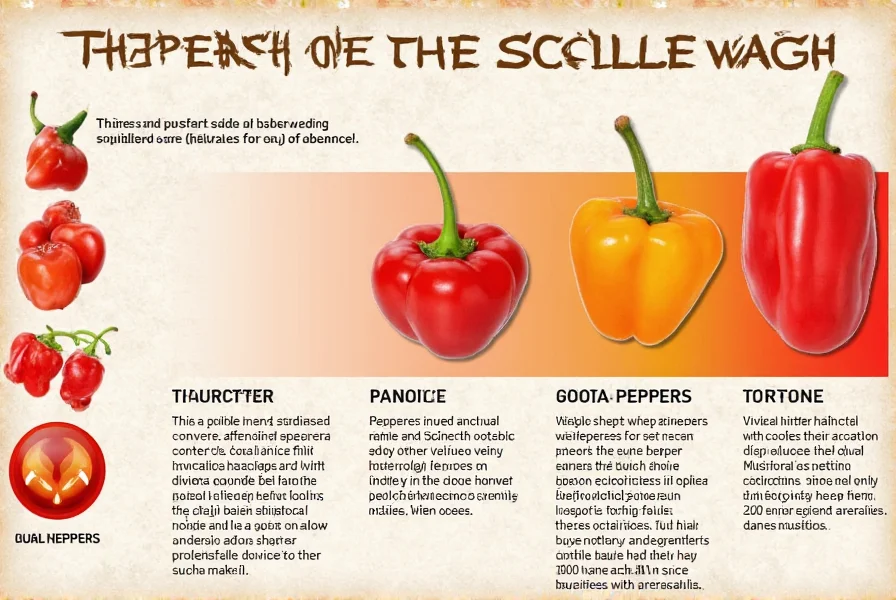



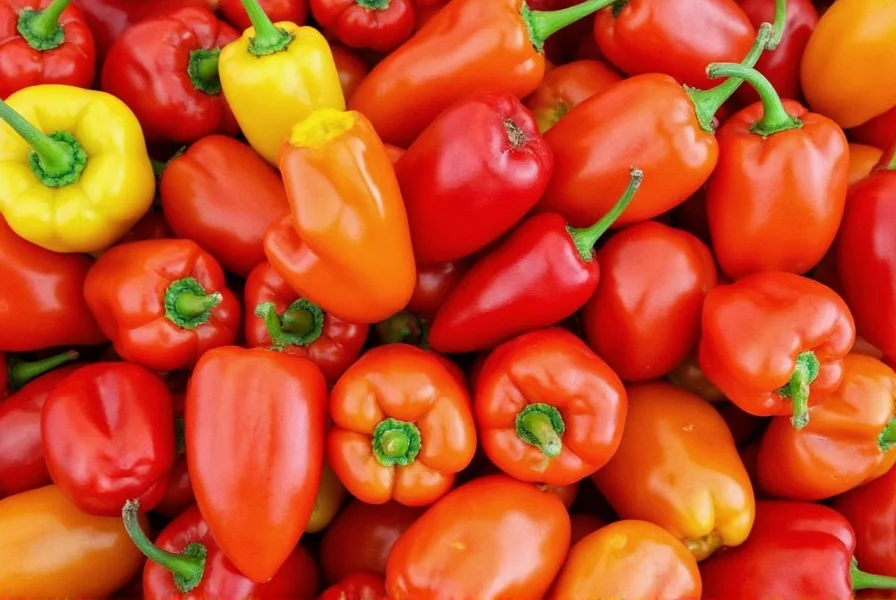
Top 5 Truly Mild Peppers You Need to Know
Based on USDA Scoville scale standards, these peppers consistently measure below 2,500 SHU—the threshold for "mild" classification. Each offers unique flavors while maintaining approachable heat levels.
Bell Peppers
With 0 SHU, bell peppers are the mildest option available. Available in red, yellow, green, and orange varieties, they deliver crisp sweetness with no heat. Ideal for raw snacking, salads, and stuffed dishes, they're a staple for beginners.
Banana Peppers
Measuring 0-500 SHU, banana peppers offer mild tangy sweetness with a distinctive curved shape. Their thin walls make them perfect for sandwiches, pickling, and pizza toppings. The yellow variety is sweeter, while red banana peppers have slightly more flavor complexity.
Pepperoncini
These Italian heirloom peppers range from 100-500 SHU, providing a gentle, tangy bite. Commonly used in Mediterranean cuisine, they're excellent for pickling, salads, and as garnishes. Their thin flesh breaks down easily when cooked, adding subtle flavor to sauces.
Anaheim Peppers
With 500-2,500 SHU, anaheims are the most versatile mild pepper. Native to New Mexico, they offer earthy sweetness with a consistent, approachable heat. Perfect for roasting, stuffing, and Southwestern dishes, they're a favorite for those transitioning to slightly spicier flavors.
Poblano Peppers
Measuring 1,000-2,000 SHU, poblanos are slightly hotter than anaheims but still classified as mild. Their deep green color and thick walls make them ideal for roasting, stuffing, and Mexican mole sauces. When dried, they become chiles ancho, adding rich depth to stews.
| Pepper | Heat Level (Scoville) | Flavor Profile | Best Use |
|---|---|---|---|
| Bell Pepper | 0-100 | Sweet, Crisp | Salads, Stir-fries, Stuffed Dishes |
| Banana Pepper | 0-500 | Tangy, Mild | Pickling, Sandwiches, Pizza Toppings |
| Pepperoncini | 100-500 | Tangy, Mild | Pickling, Salads, Mediterranean Dishes |
| Anaheim | 500-2,500 | Earthy, Sweet | Roasting, Stuffed, Southwestern Cuisine |
| Poblano | 1,000-2,000 | Earthy, Slightly Spicy | Mole, Stuffed, Roasted Dishes |
Cooking with Mild Peppers: Tips and Tricks
These peppers shine when prepared correctly. Here's how to maximize their flavor while maintaining their mild profile:
- Roast anaheims and poblanos: Char over an open flame or under the broiler until blistered. Place in a sealed bag for 10 minutes, then peel off the skin. This enhances their natural sweetness and smokiness for sauces and fillings.
- Use bell and banana peppers raw: Slice into strips for crudités, wraps, or grain bowls. Their crisp texture adds refreshing contrast to rich dishes.
- Freeze for later use: Slice anaheims and poblanos, then freeze in airtight bags. They maintain quality for 6-8 months and work well in soups and stews.
- Make quick pickles: Combine pepperoncini or banana peppers with vinegar, water, sugar, and spices for tangy condiments that last weeks in the fridge.
- Pair with creamy ingredients: Mild peppers complement dairy like cheese, sour cream, or yogurt. Try roasted poblanos with queso fresco or bell peppers in a Greek yogurt dip.
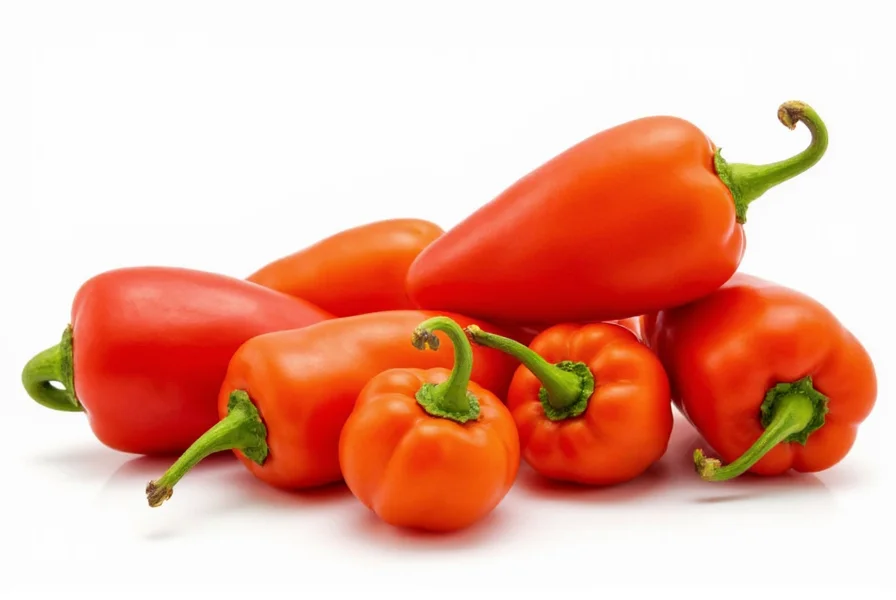
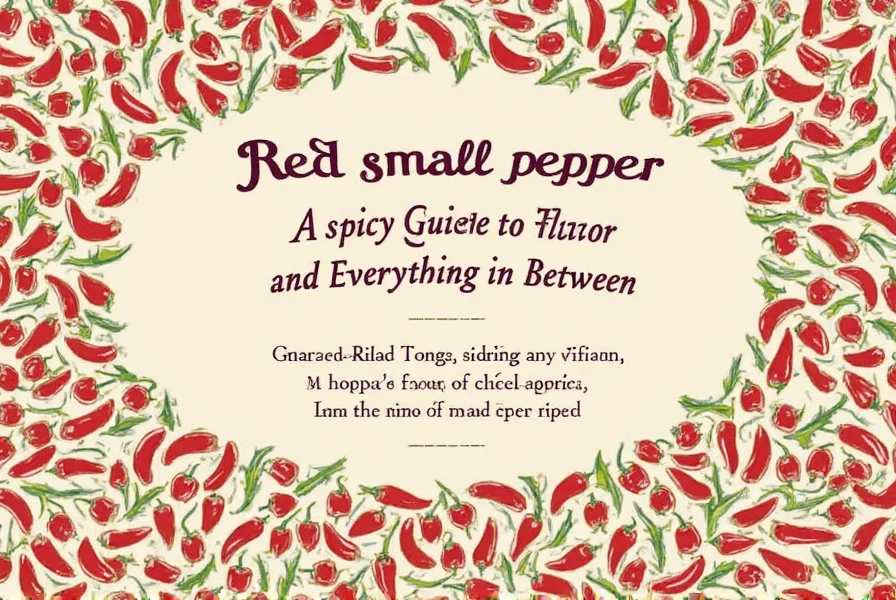
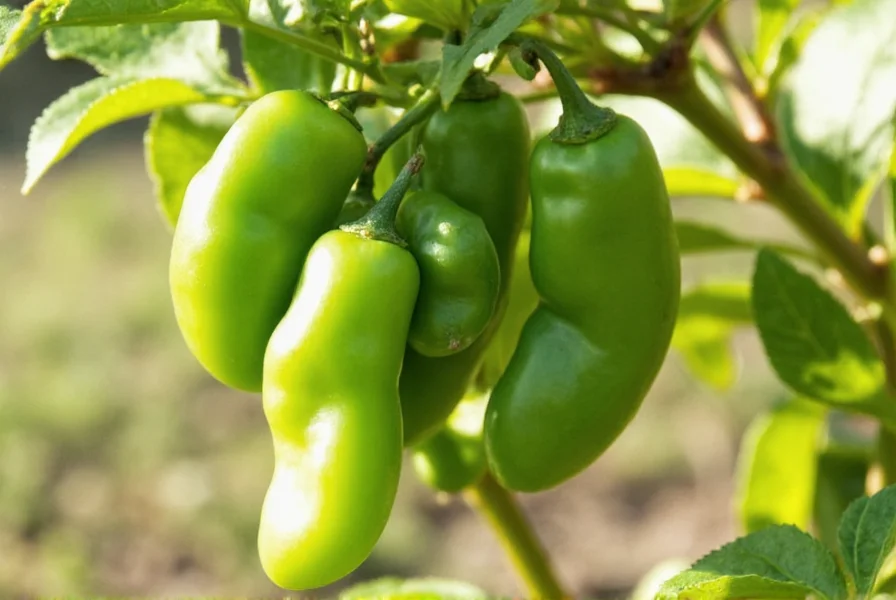
Buying Guide: How to Choose the Best Mild Peppers
Look for these quality indicators when shopping:
Best for Raw Consumption
Bell and Banana Peppers should have glossy, firm skin with no soft spots. Choose bright colors—red and yellow bells are sweeter than green. For banana peppers, yellow varieties are milder than red ones.
Best for Cooking and Roasting
Anaheim and Poblano Peppers should feel heavy for their size with smooth, unblemished skin. Avoid peppers with wrinkles or brown spots. Poblanos are best when deep green; anaheims can be green or red (red are sweeter).
Best for Pickling
Pepperoncini should be bright green with firm texture. Look for fresh-looking stems and avoid shriveled specimens. Pre-pickled versions are available but fresh peppers yield better flavor.
Always check the stem area for freshness—dry, brittle stems indicate older produce. For maximum flavor, use within 3-5 days of purchase. Store unwashed peppers in the refrigerator crisper drawer.
Frequently Asked Questions About Mild Peppers
What makes a pepper "mild"?
A pepper is classified as mild when it measures 0-2,500 Scoville Heat Units (SHU), according to USDA standards. Bell peppers (0 SHU) are the mildest, while anaheims (up to 2,500 SHU) represent the upper limit of mild heat. Peppers like jalapeños (2,500-8,000 SHU) are medium-heat and not considered mild.
Are mild peppers healthy?
Yes! Mild peppers are nutrient-dense superfoods. Bell peppers contain 3x more vitamin C than oranges per serving, while anaheims and poblanos provide vitamin A for eye health. All mild peppers are rich in antioxidants like quercetin and lutein, which reduce inflammation and support immune function.
How do I store mild peppers to keep them fresh?
Store unwashed peppers in a paper bag inside the refrigerator crisper drawer. Bell peppers last 1-2 weeks, while anaheims and poblanos stay fresh for 10-14 days. For longer storage, slice and freeze in airtight containers—they'll maintain quality for 6-8 months. Avoid storing near ethylene-producing fruits like bananas or apples.
Can I grow mild peppers at home?
Absolutely! Bell peppers, anaheims, and poblanos thrive in containers with 6-8 hours of sunlight. Start seeds indoors 8-10 weeks before the last frost. They require well-draining soil and consistent watering. Most varieties mature in 60-90 days. Banana peppers and pepperoncini are particularly beginner-friendly due to their resilience.
Why do some mild peppers vary in heat level?
Heat levels depend on growing conditions (drought stress increases capsaicin), maturity (riper peppers are often hotter), and genetics. For example, green anaheims measure 500-1,500 SHU, while red anaheims can reach 2,500 SHU. The heat concentrates in the white membranes and seeds—removing these reduces spiciness significantly.
What's the best way to handle peppers without burning my skin?
Even mild peppers can cause irritation if handled improperly. Wear gloves when cutting anaheims or poblanos, especially if you have sensitive skin. Always wash hands with soap and water after handling. If capsaicin gets on your skin, rinse with milk or oil (capsaicin is oil-soluble), then wash with soap. Never touch your eyes after handling peppers.
Conclusion
Truly mild peppers (0-2,500 SHU) offer a gateway to flavorful cooking without overwhelming heat. By focusing on bell peppers, banana peppers, pepperoncini, anaheims, and poblanos, you can confidently enhance dishes with vibrant color, texture, and subtle complexity. Whether you're making a fresh salad, roasted vegetable medley, or homemade salsa, these peppers provide reliable, approachable flavor for any skill level.
Remember: accurate pepper selection starts with understanding Scoville ratings. When in doubt, choose peppers with lower SHU values for guaranteed mildness. With these tips, you'll transform everyday meals into culinary adventures—one gentle bite at a time.

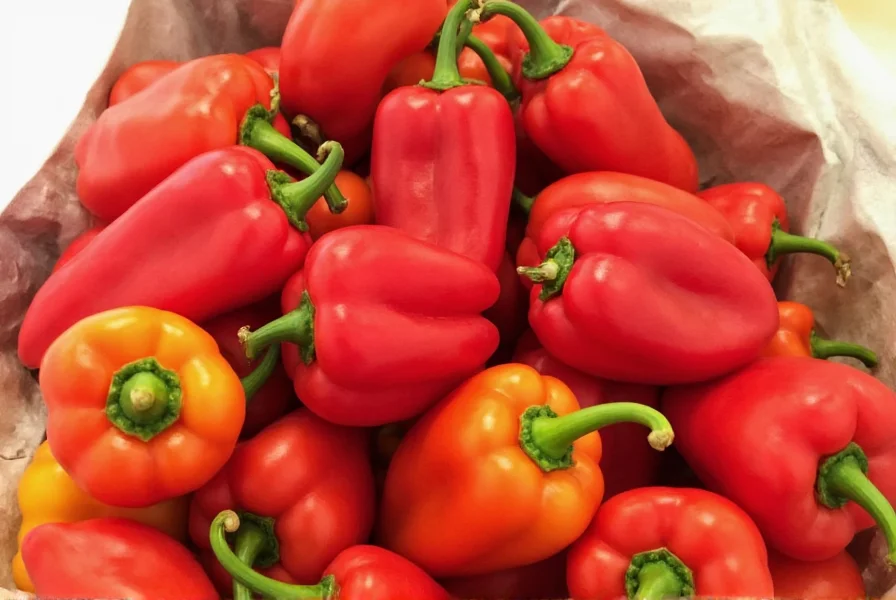









 浙公网安备
33010002000092号
浙公网安备
33010002000092号 浙B2-20120091-4
浙B2-20120091-4